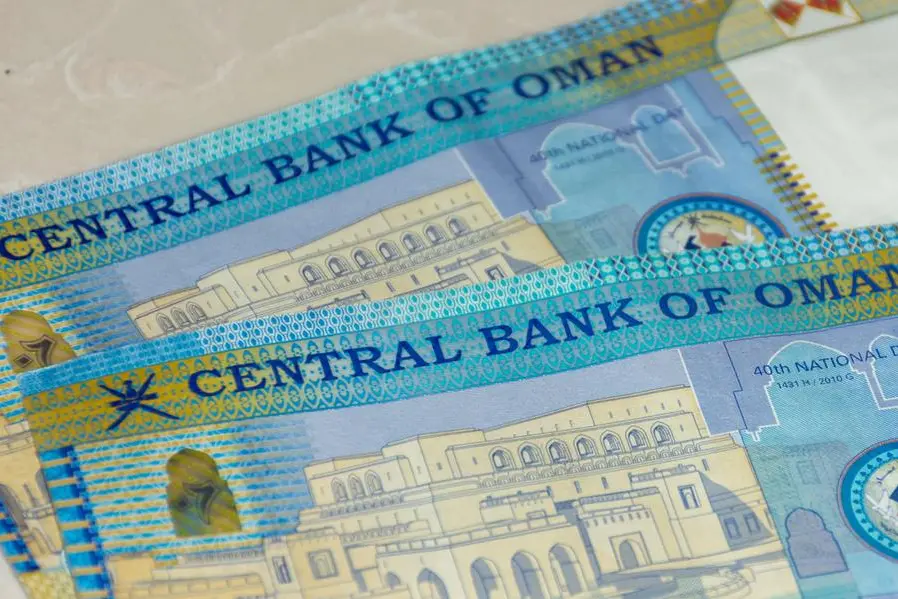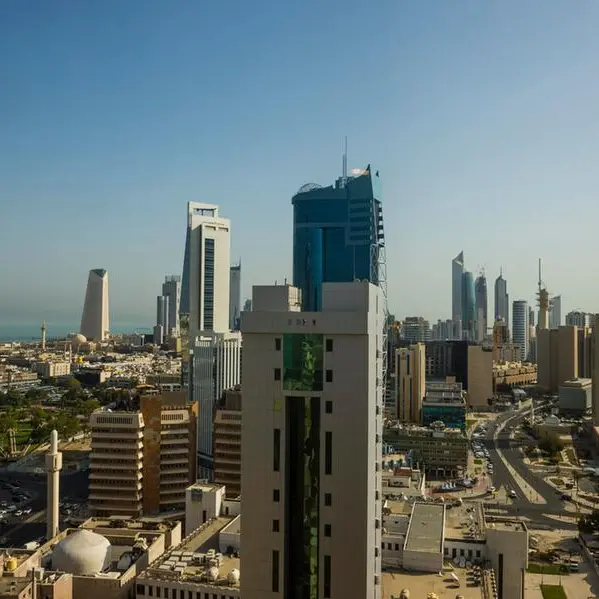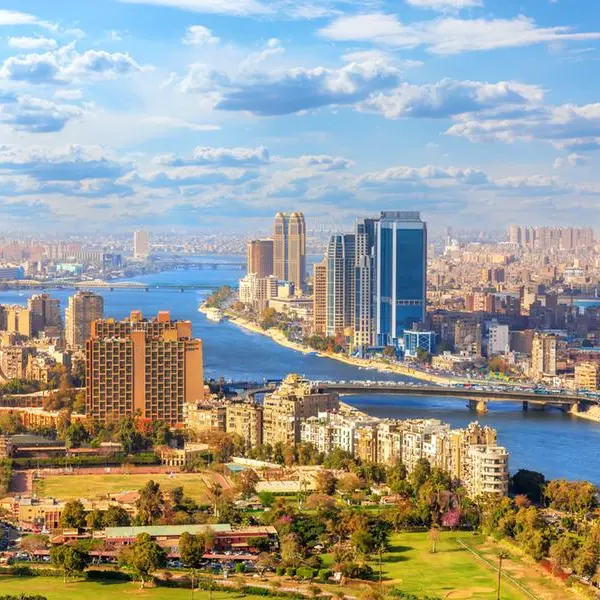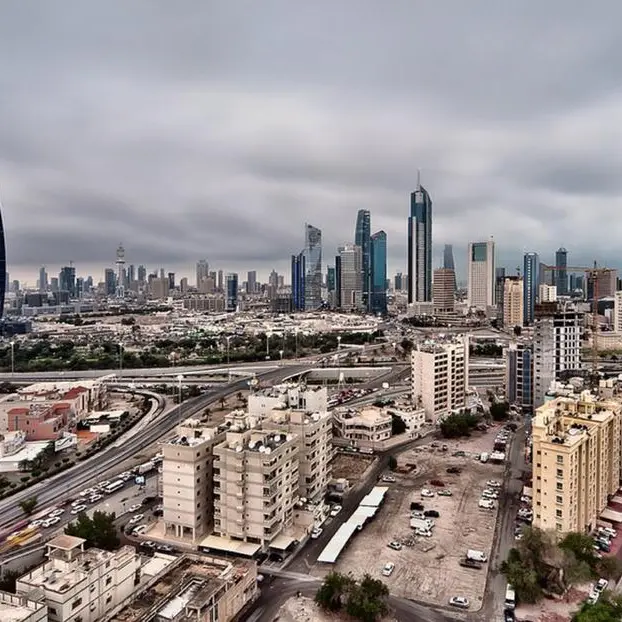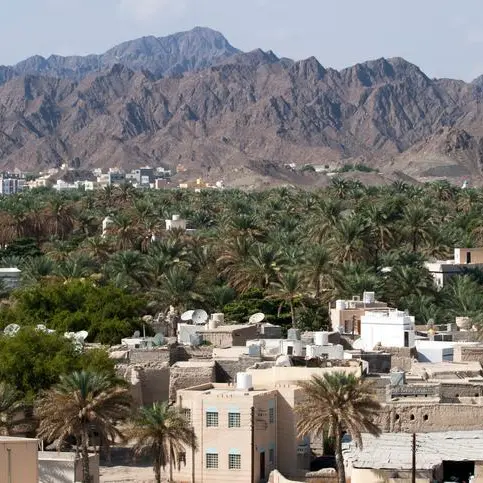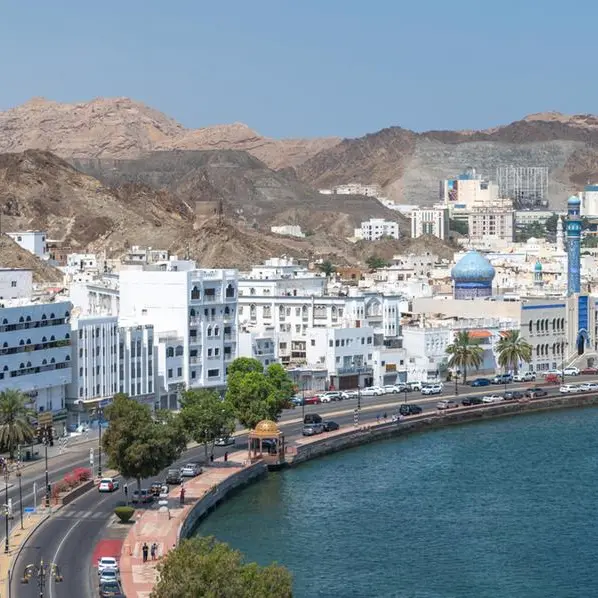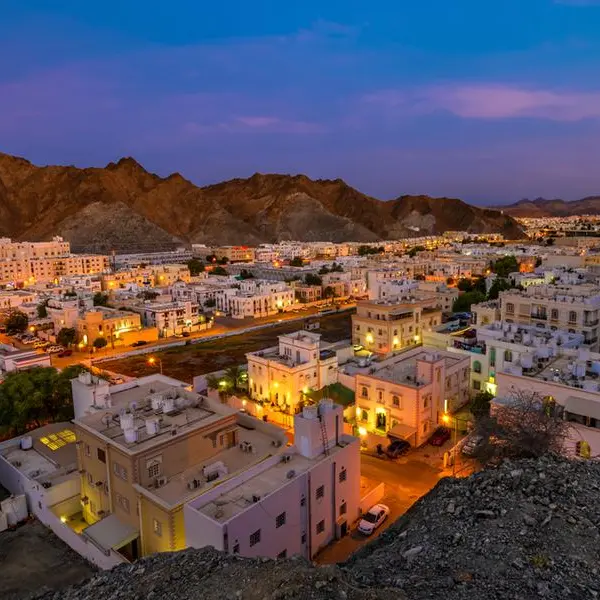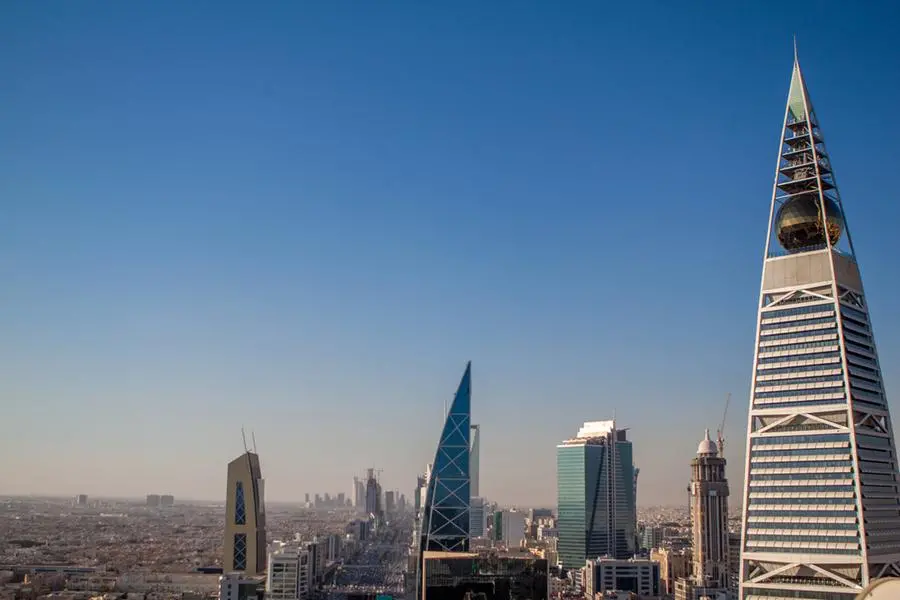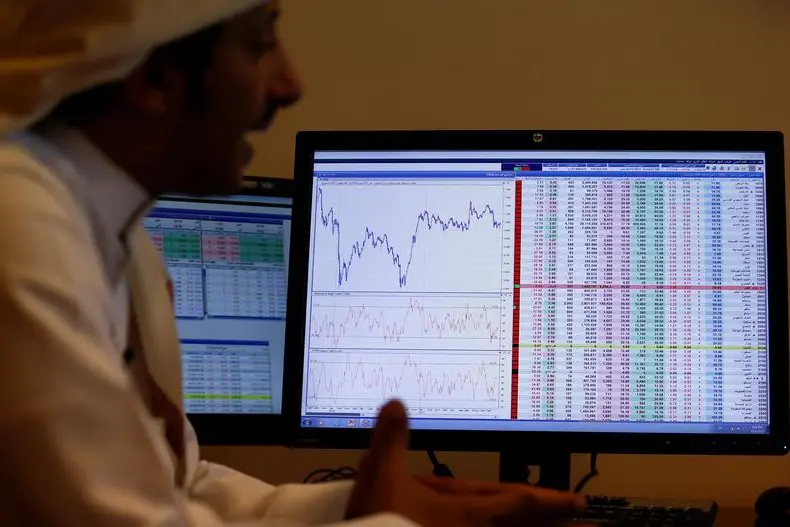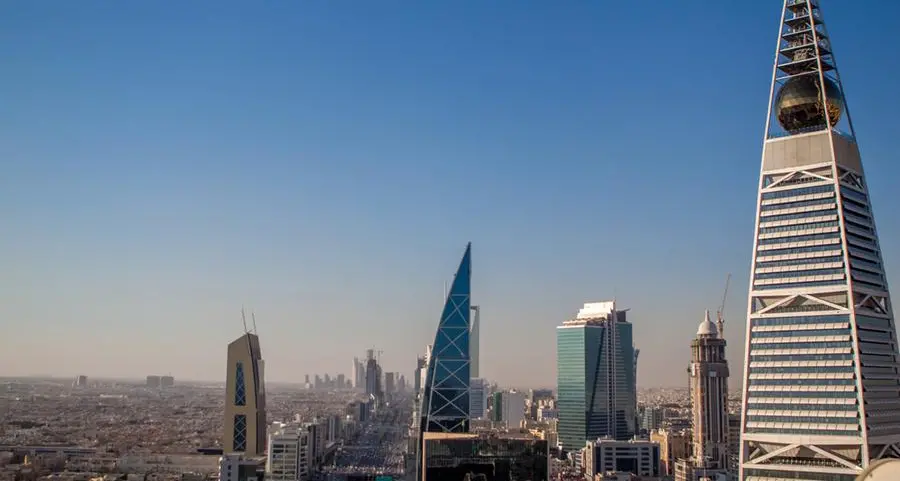PHOTO
A close up of the Central Bank of Oman 20 Riyal bills of cash. Getty Images Image used for illustration
Muscat – Oman’s annual inflation, which remained relatively low in 2022 despite rising global inflation, is expected to further decelerate this year, thanks to government subsidies, price caps on certain products, and a strengthening US dollar.
After experiencing one of the lowest inflation rates among GCC countries in 2022, Oman is expected to record an average inflation rate of 1.9 per cent for 2023, the lowest expected inflation in the GCC, according to the International Monetary Fund (IMF).
The inflation rate in Oman decreased to 1.6 per cent in March 2023 from 1.9 per cent recorded in the previous month, the lowest monthly reading since June 2021. The sultanate witnessed the second-lowest average inflation rate among GCC countries in 2022 at 2.8 per cent, following Saudi Arabia which registered an inflation rate of just 2.5 per cent during the year.
The IMF expects GCC inflation to further decrease in the next two years, with an average of 2.9 per cent in 2023 and 2.3 per cent in 2024.
‘Lower inflation in GCC countries is mainly attributed to governmental interventions such as price caps on certain products, subsidies on key products or utilities, and the strengthening of the US dollar, which all GCC countries have pegged to their currencies, except for Kuwait which has linked its currency to a basket of currencies including the US dollar,’ Kuwait-based Kamco Investment said in a research report released on Monday.
In terms of sectoral inflation trends, the food and beverages category has been one of the most important categories in terms of weight or growth in Oman’s and GCC inflation performance. The food and beverages category has shown growth in all GCC countries.
Oman’s March 2023 inflation was mainly driven by a 4.1 per cent year-on-year growth of the food and non-alcoholic beverage index, the second biggest weighted index.
Among GCC countries, inflation growth in the housing category was mixed, albeit leaning towards positive year-on-year growth during March. Qatar’s housing costs rose by 8.7 per cent year-on-year during March, the highest growth among GCC countries. On the other hand, Oman’s housing prices remained stable in March compared to the same month of the previous year.
According to the Kamco Investment report, the combination of persistent high oil and gas prices and interest rate hikes by GCC central banks, largely in unison with the US Federal Reserve rate increases, has been another key factor that kept GCC inflation rates significantly lower than their global counterparts.
The US Federal Reserve continued its rate-increasing measures to combat inflation. In its most recent rate hike, the US central bank increased its benchmark overnight interest rate by 0.25 basis points to the 5.0-5.25 per cent range, marking the Fed’s tenth consecutive rate increase since March 2022.
In response to the Fed’s rate hike, all GCC central banks have also increased their benchmark rates. The Central Bank of Oman recently increased its repo rate by 25 basis points to 5.75 per cent, following the US central bank’s decision as Omani rial is pegged to the US dollar. This was Omani central bank’s tenth rate hike since March 2022.
Another key driver of the decline in GCC inflation is the decline in global food prices. The Food and Agriculture Organization’s (FAO) main food price index witnessed its 12th consecutive month of decline in March 2023. The FAO index tracks the most globally traded food items. The FAO index averaged 126.9 points during March, 20.5 percent lower than its peak value at the start of the Russia-Ukraine conflict.
© Apex Press and Publishing Provided by SyndiGate Media Inc. (Syndigate.info).
